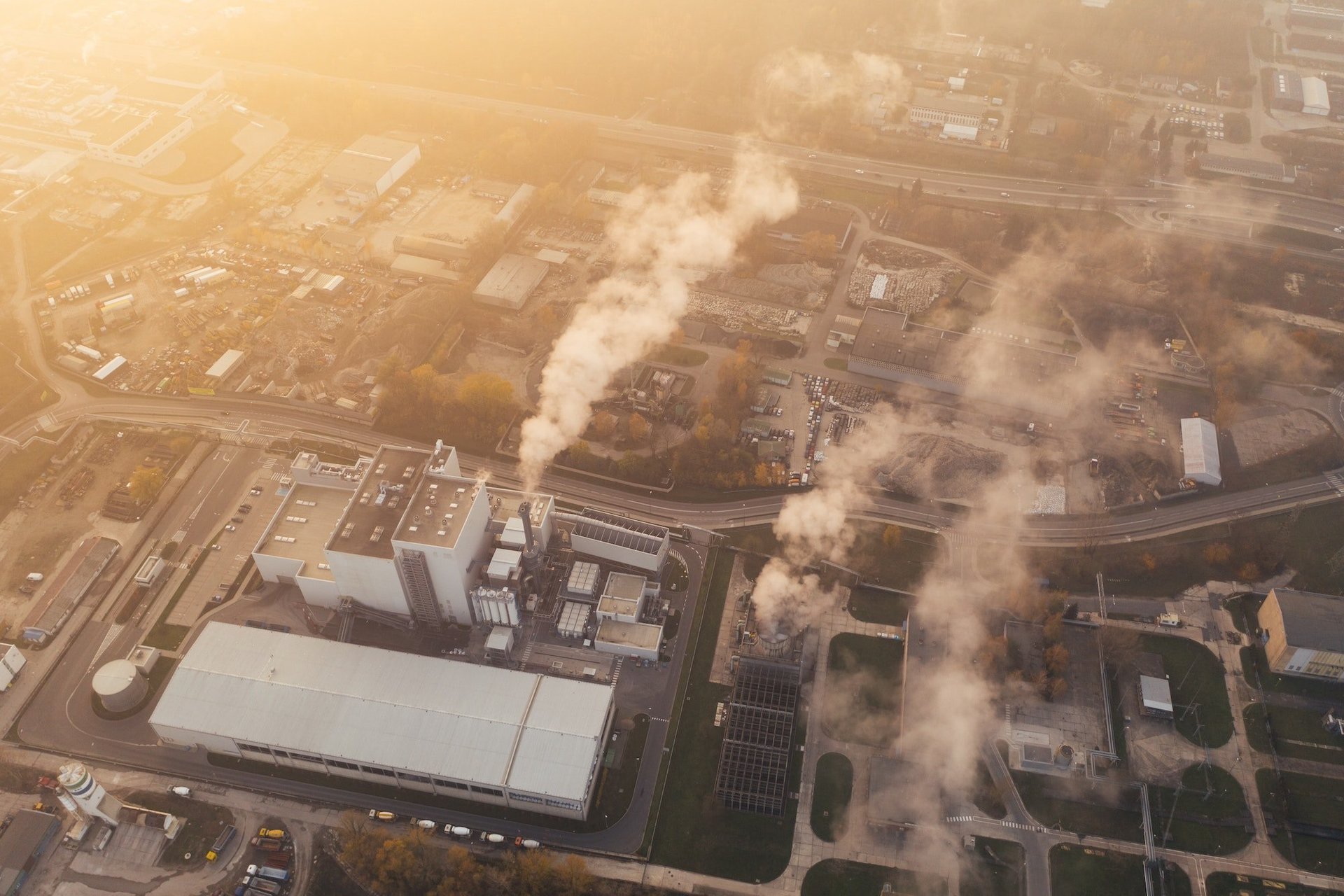Editor's picks: Top 10 stories of 2020
Our list includes a mix of favorites, high-impact stories and some of our most-read research coverage from a tumultuous year.
The year 2020 has brought more than its share of things we'll never want to revisit. These stories are exceptions, small lights in a year of extraordinary challenges.
Some underline the need for change – whether it's in the way air quality policy is formulated and mask guidance is communicated, or in the proximity of oil and gas wells to homes and schools. Some paint an expansive world of possibility, helping us understand why scientists see promising signs in the effort to search for past life on Mars and how they can learn about Earth by studying other planets.
Other stories in this collection have helped to bring clarity amid confusing and dire threats. Stanford scientists walked us through the ways in which people have engineered a world where emerging infectious diseases are more likely to be consequential. And months before wildfires roared through much of the West Coast, they reported that the frequency of autumn days with extreme fire weather have more than doubled in California since the early 1980s due to climate change, and highlighted opportunities for managing the intensifying risk.
Selected from Stanford Earth Matters magazine, which gathers coverage from across Stanford University, these are our top 10 picks of the many insights and discoveries provided by Stanford scientists studying Earth this year.
Which mask works? Researcher find confusion over mask use for wildfire, COVID-19 crises

Drawing from studies on human behavior and responses to past epidemics and wildfire smoke, researchers outline recommendations for communicating correct mask use and suggest areas for further research.
How earthquake swarms arise

A new fault simulator maps out how interactions between pressure, friction and fluids rising through a fault zone can lead to slow-motion quakes and seismic swarms.
Global methane emissions soar to record high

The pandemic has tugged carbon emissions down, temporarily. But levels of the powerful heat-trapping gas methane continue to climb, dragging the world further away from a path that skirts the worst effects of global warming.
‘Regime shift’ happening in the Arctic Ocean

Stanford scientists find the growth of phytoplankton in the Arctic Ocean has increased 57 percent over just two decades, enhancing its ability to soak up carbon dioxide. While once linked to melting sea ice, the increase is now propelled by rising concentrations of tiny algae.
Identifying sources of deadly air pollution in the U.S.

New research finds that air pollution from sources in the U.S. leads to 100,000 deaths in the U.S. each year. While about half of all air pollution-related deaths from fine particulate matter result from burning fossil fuels, the rest are largely from animal agriculture, dust from construction and roads, and burning wood for heating and cooking.
Living near oil and gas wells may increase preterm birth risk

New research shows living near oil and gas development in California is a risk factor for preterm birth, the leading cause of infant death in the United States. About 2.1 million Californians live within one mile of an active oil or gas well.
Promising signs for Perseverance rover in its quest for past Martian life

New research indicates river delta deposits within Mars’ Jezero crater – the destination of NASA’s Perseverance rover on the Red Planet – formed over time scales that promoted habitability and enhanced preservation of evidence.
Longer, more extreme wildfire seasons

A new study finds that autumn days with extreme fire weather have more than doubled in California since the early 1980s due to climate change.
COVID-19 in a world made ripe for pandemics

Emerging infectious diseases have become more likely – and more likely to be consequential – partly as a result of how people move around the planet and relate to the natural world.
What other planets can teach us about Earth

Scientists exploring space are bringing back insights about Earth’s deep past, its complicated relationship with life and our planet’s future.
Media Contacts
Josie Garthwaite
School of Earth, Energy & Environmental Sciences
(650)497-0947, josieg@stanford.edu
Explore More
-
The Stanford Forum on the Science of Energy Transition brought together scientific experts, technology innovators, and industry leaders to explore practical pathways to a decarbonized future.
-
A unique hands-on class teaches Stanford Law School students how to work with early-stage companies that have the potential to move the needle on climate and sustainability.
-
The first group of scholars supported under the new Sustainability Accelerator Fellowship program will focus on the challenge of removing billions of tons of greenhouse gases annually from Earth’s atmosphere by the middle of this century.



